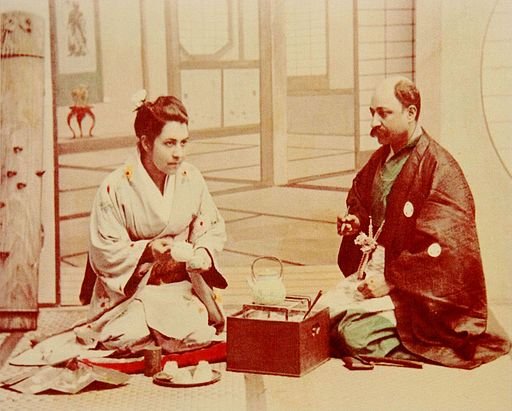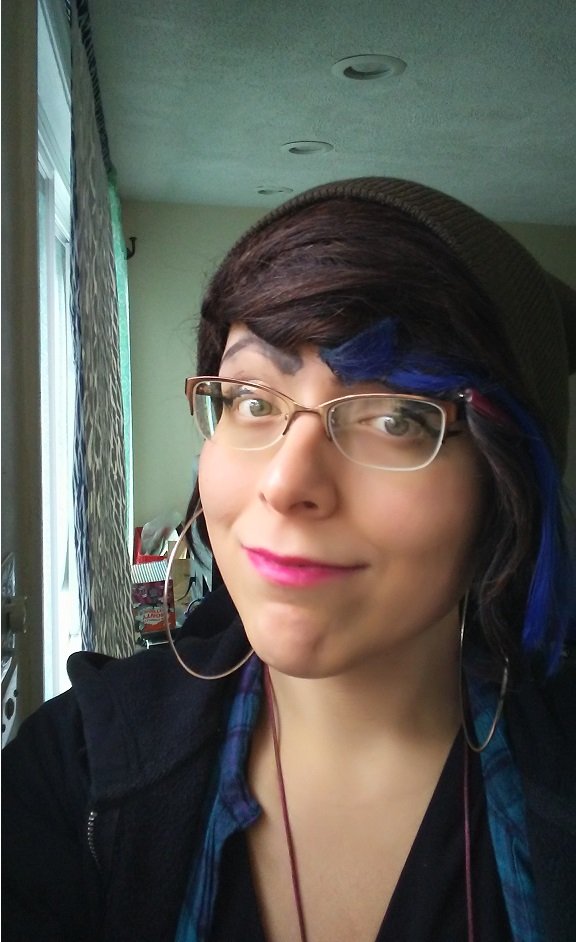Diana Apcar: One Gutsy Voice For A Dying People
Let’s face it: Single mothers have a tough job. But some find the strength to not only fight for their own families, but also for strangers in need.Take for example Diana Agabeg Apcar. She was a widow and a single mother, and was also a businesswoman and a diplomat who over her many years in Japan saved countless lives in the wake of World War I. Where other diplomats had the backing of money, political clout or military power, she stood mostly alone, one gutsy voice for her dying people, far outside her ethnic community, railing against the winds of war and political upheaval that engulfed the world.She remains a largely unsung hero of the worldwide response to the Armenian genocide. So, who was this gutsy diplomat?
* * *
Diana Agabeg was born in Yangon (Rangoon) in 1859. She came from an old family of Persian-Armenian merchants in what used to be a vibrant Armenian community that spanned South and Southeast Asia. Educated in a convent school in Kolkata (Calcutta), she was multilingual from a young age and eventually became fluent in Armenian, English, Hindustani and Japanese. In Calcutta in the late 1880s, she met Apcar Michael Apcar, a scion of the wealthy Persian-Armenian Apcar merchant house. The couple married in 1889, and after honeymooning in Japan chose to stay and establish a branch of the Apcar family business there.The Apcars first lived in Kobe and briefly ran the Great Eastern Hotel. Then they relocated to the international port of Yokohama, just south of Tokyo, and worked in the import-export business. Their children were born there, the business took off, and the young family thrived.
* * *
In the wee hours of April 24, 1915, the Ottoman government began the systematic extermination of its Armenian minority. Police arrested Armenian community leaders in Istanbul and carted them off to incarceration and death in Anatolia. This act set off around five years of ethnic cleansing, which three decades later was part of what inspired Raphael Lemkin to coin the term genocide. Armenians had different names for it: the Great Calamity, the Exile, the Slaughter. Whatever its name, by the end, over 1.5 million Armenians were dead. The survivors, dispossessed, scattered into exile worldwide. While many Armenians escaped westward through Europe to the Americas, others escaped eastward and eventually took refuge in China and the Russian Far East. Here, Diana re-entered the story.Still living in Yokohama, Diana was busy. She’d been running the family business following her husband’s death in 1906. While juggling that and raising her children, she kept up with political developments as the Great War unfolded. Although she did not have relatives directly affected by the genocide, she felt a great need to do whatever was in her power to help her people, even at a distance. The answer was elusive at first, but she soon found it in three venues: lobbying (especially via writing), fundraising and de facto consular work. She was already a prolific letter-writer and author of articles, and soon also published books, including Betrayed Armenia, In His Name, The Peace Problem, and Peace and No Peace.Through articles, books and letters, she spoke out tirelessly on behalf of the Armenian community, especially against the European powers’ increasing disinterest in aiding it, as politically expedient deals with the late Ottoman Empire and nascent Turkish Republic became more desirable. “Those who are so called European Powers,” she later wrote, “are the Satan's scourge of the world. I would rather trust satan than the European Powers.”She also corresponded regularly with government officials, including those in the Japanese Foreign Ministry and the U.S. State Department. Her efforts in enlisting Japanese support for the Armenian cause bore fruit during and immediately after the war. Japan was one of the wartime Allies and thus an enemy of Germany. Japan did not declare war on the Ottoman Empire, but the Ottomans were allied with the Germans, and thus on the opposing side. Diana found that Japanese officials acceded to her request for transit visas for Armenian refugees, which she brought from the Russian Far East to Japan at her own expense. She also housed them in the greater Tokyo area long enough to secure passage to North America, and safety. By doing so, she helped save countless lives.Diana’s story, and her role as a de facto diplomat, intertwines with my own family history. My great-grandfather, Harootune Pekmezian, was a consular clerk and interpreter working for American consul Leslie Davis in the Ottoman city of Elazig. He and Davis helped Armenians escape the empire, including eastward to Russia. It’s quite likely that Diana helped some of the same people my great-grandfather helped.After the First Armenian Republic declared its independence, Diana’s work in lobbying for Japanese aid helped secure de facto recognition of that state by Japan. Japan was one of few nations to do so. In recognition of these efforts, Diana was named Consul of the Armenian Republic in Japan by Foreign Minister Hamo Ohanjanyan. In this role, she was the first woman named to a diplomatic post in the 20th century. Her official diplomatic role ended with the Armenian Republic’s collapse and absorption into the Soviet Union, but she remained a vocal advocate of her people until her death from arteriosclerosis in 1937.Diana is buried in Yokohama Foreigners’ Cemetery. The marble stele at her grave reads, in Armenian and English:
Diana Agabeg ApcarOctober 17th 1859-July 8th 1937Out of Earth's Shadows unto Heaven's Glorious DayWe Loved Her, but God Loved Her Best
Her family left Japan for the United States, following their incarceration as enemy civilians during World War II. There is, sadly, no longer any Armenian community in Japan to speak of. Today, the Tokyo-based Japan-Armenian Friendship Association cares for her grave.
* * *
A docudrama about Diana’s life, titled Lost Consul, is currently in development! For more, check out dianaapcar.org.About the author:
 Nyri A. Bakkalian is a young historian specializing in Japanese and military history, trained under the tutelage of renowned political historian Richard Smethurst. She has a soft spot for local history and unknown stories, preferably uncovered during road trips. When not hunting for unknown history, Nyri can most often be found sketching while enjoying a good cup of Turkish coffee. Follow her on Twitter at @riversidewings.
Nyri A. Bakkalian is a young historian specializing in Japanese and military history, trained under the tutelage of renowned political historian Richard Smethurst. She has a soft spot for local history and unknown stories, preferably uncovered during road trips. When not hunting for unknown history, Nyri can most often be found sketching while enjoying a good cup of Turkish coffee. Follow her on Twitter at @riversidewings.
